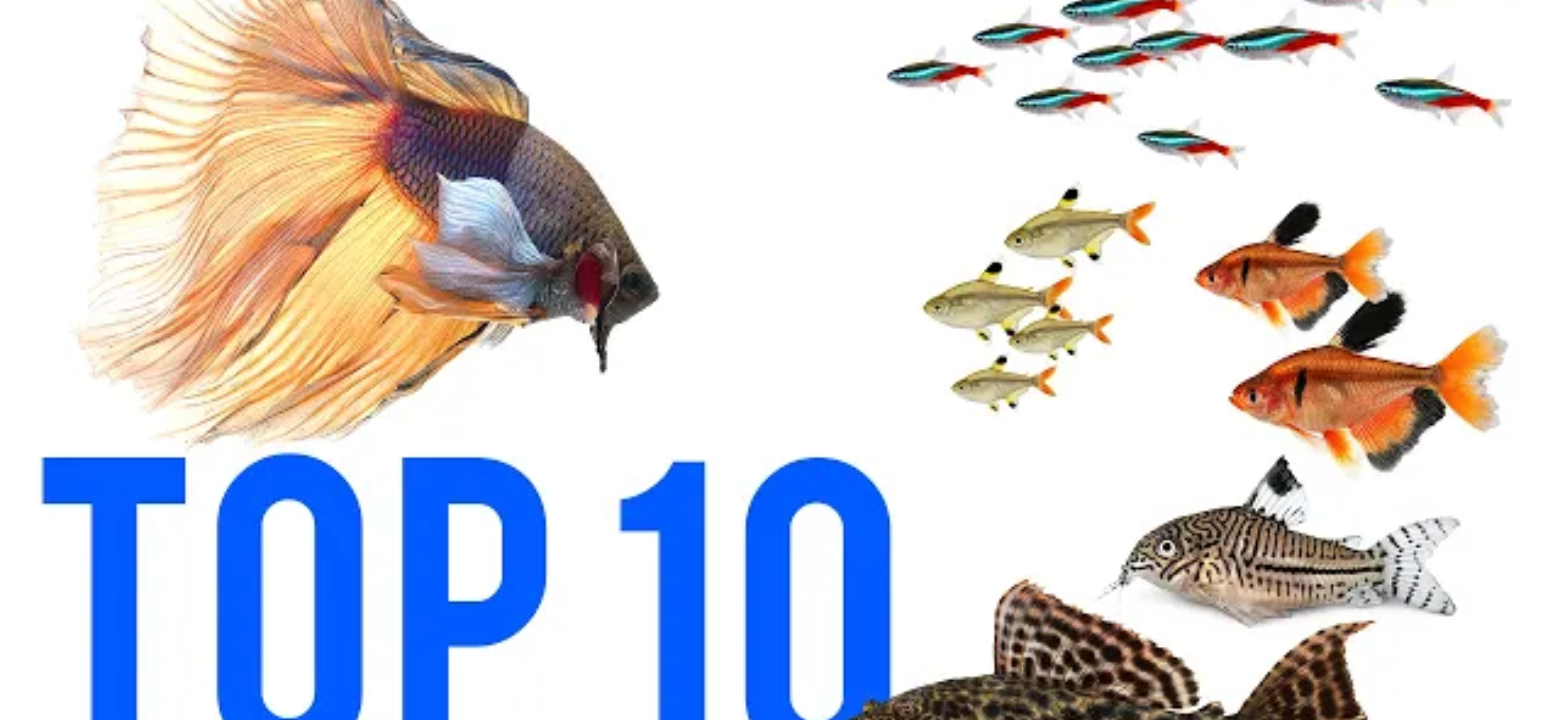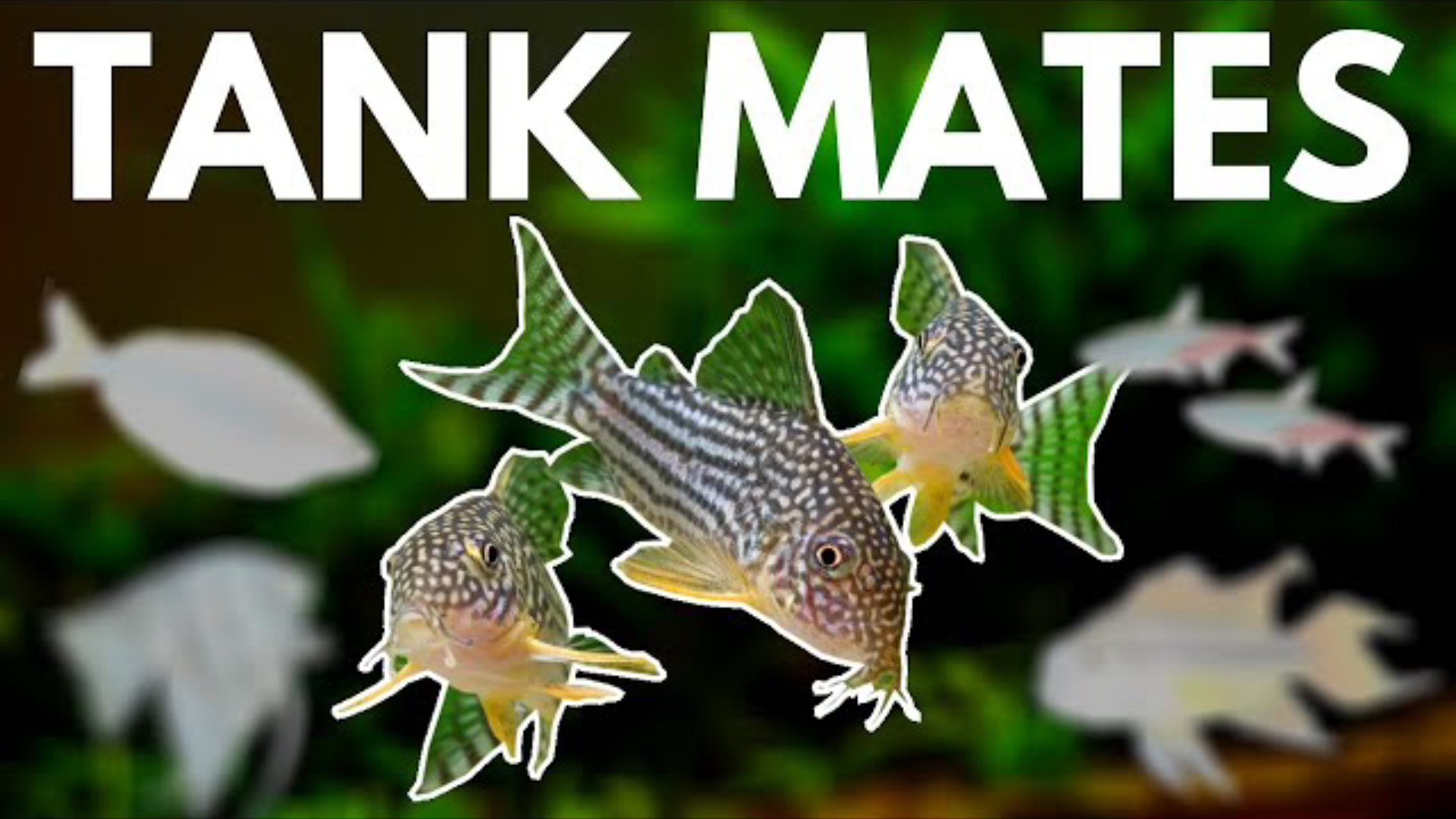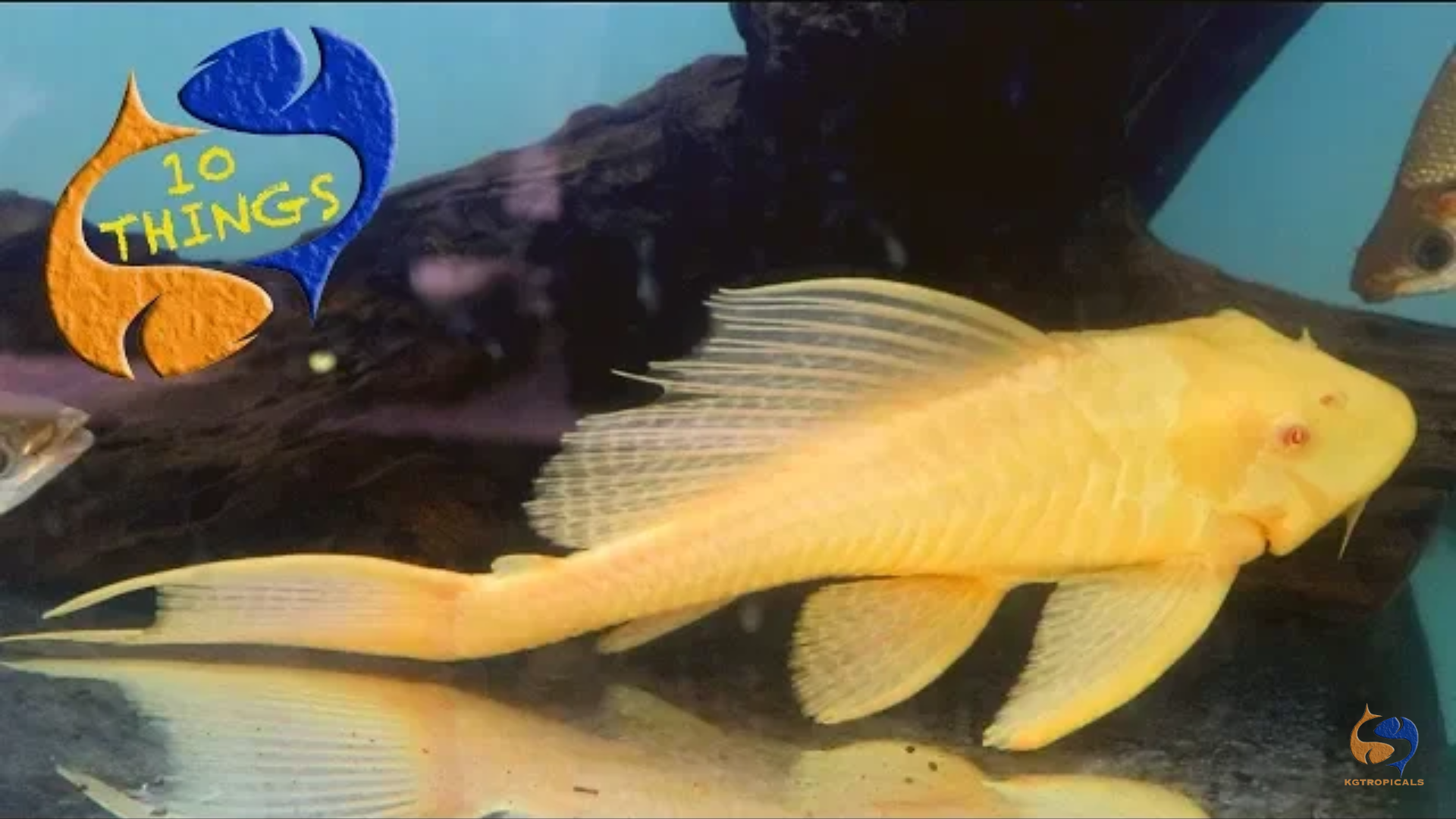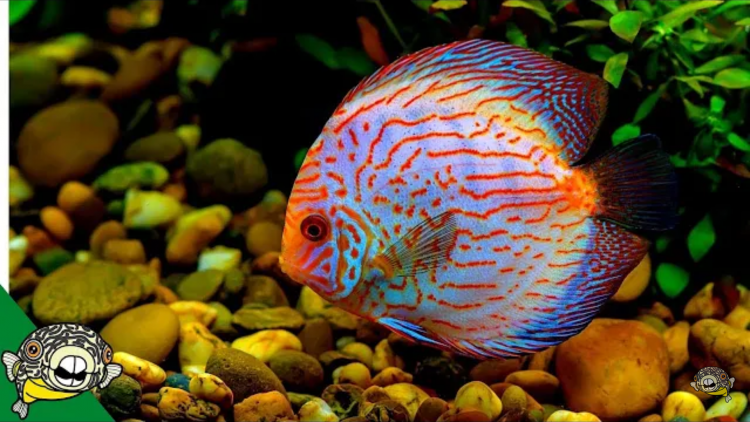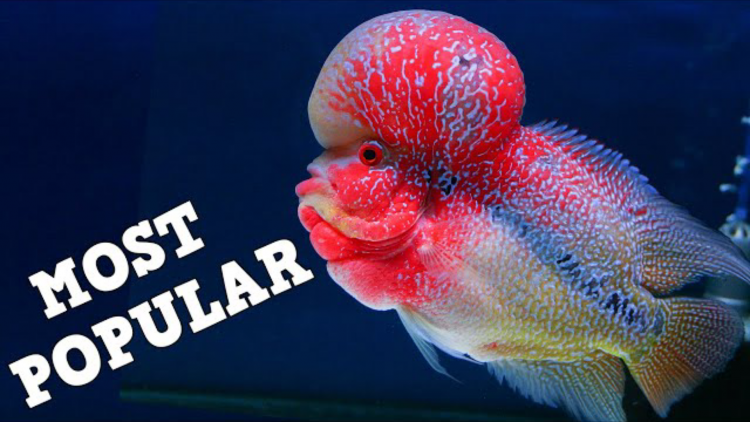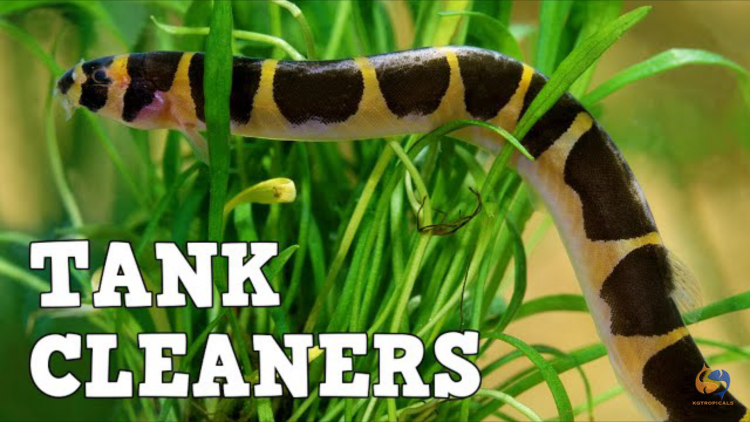- Name:
Gold Nugget Pleco L18
(View AKA's) - Family: Loricariidae
- Species: Plecos
- Scientific Name: Baryancistrus sp
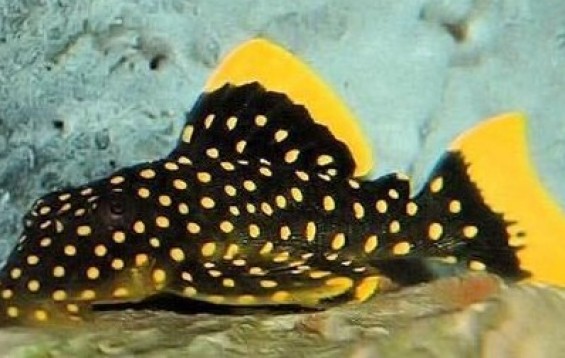

General info about Gold Nugget Pleco L18
These fish are brown or black and have medium sized yellow spots all over their body. To keep these fish in captivity, water pH should be between 6.0 and 7.8 and water temperature should range from 77°F to 86°F. The tank should have a gravel substrate, large boulders, plants and caves. Although they are peaceful as juveniles they become quite aggressive towards their own and other fish as they mature, so to be kept in community aquariums the tankmates should be fish that occupy other areas of the tank.
Gold Nugget Pleco L18 Diet & Nutrition
This species is omnivorous. In the wild it feeds on algae and invertebrates. In captivity it can be fed with sinking dried pellets supplemented with live or frozen foods and vegetable matter. Awfwuchs should be allowed to grow so that these fish can graze it.
Determining Sex of Gold Nugget Pleco L18
Males have a flatter head than females.
Gold Nugget Pleco L18 Origin
This species is native to Rio Xingu in Brazil.
Acclimating Gold Nugget Pleco L18
The water in which these fish are packaged is different from the water in the tank, since these fish are extremely sensitive to water conditions the acclimation process is very important. This process should never be rushed. Aquarium lights should be off for at least the first 4 hours of the fish in the new tank and it should not be fed in the first 24h. There are two acclimation methods: Floating Method and the Drip Method.
Floating method - the aquarium lights should be off and lights in the room should be dim, the bag in which the fish is should be placed in the surface of the water to float for about 15 minutes, this allows the water in the bag to adjust to the water in the tank. The bag should then be cut under the knot and the top edge of the bag should be rolled down one inch, then ¼ cup of the aquarium water should be added to the bag, this step should be repeated every 4 minutes until the bag is full, then half the water of the bag should be discarded and the bag should be put to float again and ¼ cup of the aquarium water should be added to the bag every 4 minutes until the bag is full. Afterwards, the Discus can be moved into the aquarium.
Drip method – the aquarium lights should be off and lights in the room should be dim, the bag in which the fish is should be placed in the surface of the water to float for about 15 minutes, this allows the water in the bag to adjust to the water in the tank. The bag contents should be poured into a 1 gallon bucket that has never been cleaned with any chemicals, the fish should be enterally submerged. A siphon, using airline tubing, should be set up and a drip line should run from the main aquarium to the bucket. Several loose knots should be tied in the airline tubing to regulate flow. Sucking the end of the airline tube that goes to the bucket will begin a siphon, the flow should be regulated to 2 to 4 drips per second. Once the water in the buckets doubles, half should be discarded and the process should be repeated until it doubles again. Afterwards, the fish can be moved to the aquarium.
Original Detail
| Name | Species | Family | Scientific Name | More Detail | Added by |
|---|---|---|---|---|---|
| Gold Nugget Pleco L18 | Plecos | Loricariidae | Baryancistrus sp | These fish are brown or black and have medium sized yellow spots all over their body. To keep these fish in captivity, water pH should be between 6.0 and 7.8 and water temperature should range from 77°F to 86°F. The tank should have a gravel substrate, large boulders, plants and caves. Although they are peaceful as juveniles they become quite aggressive towards their own and other fish as they mature, so to be kept in community aquariums the tankmates should be fish that occupy other areas of the tank. |
PalaciosAn |
Changed by users
| Submitted Date | Submitted By | Status | Action |
|---|


